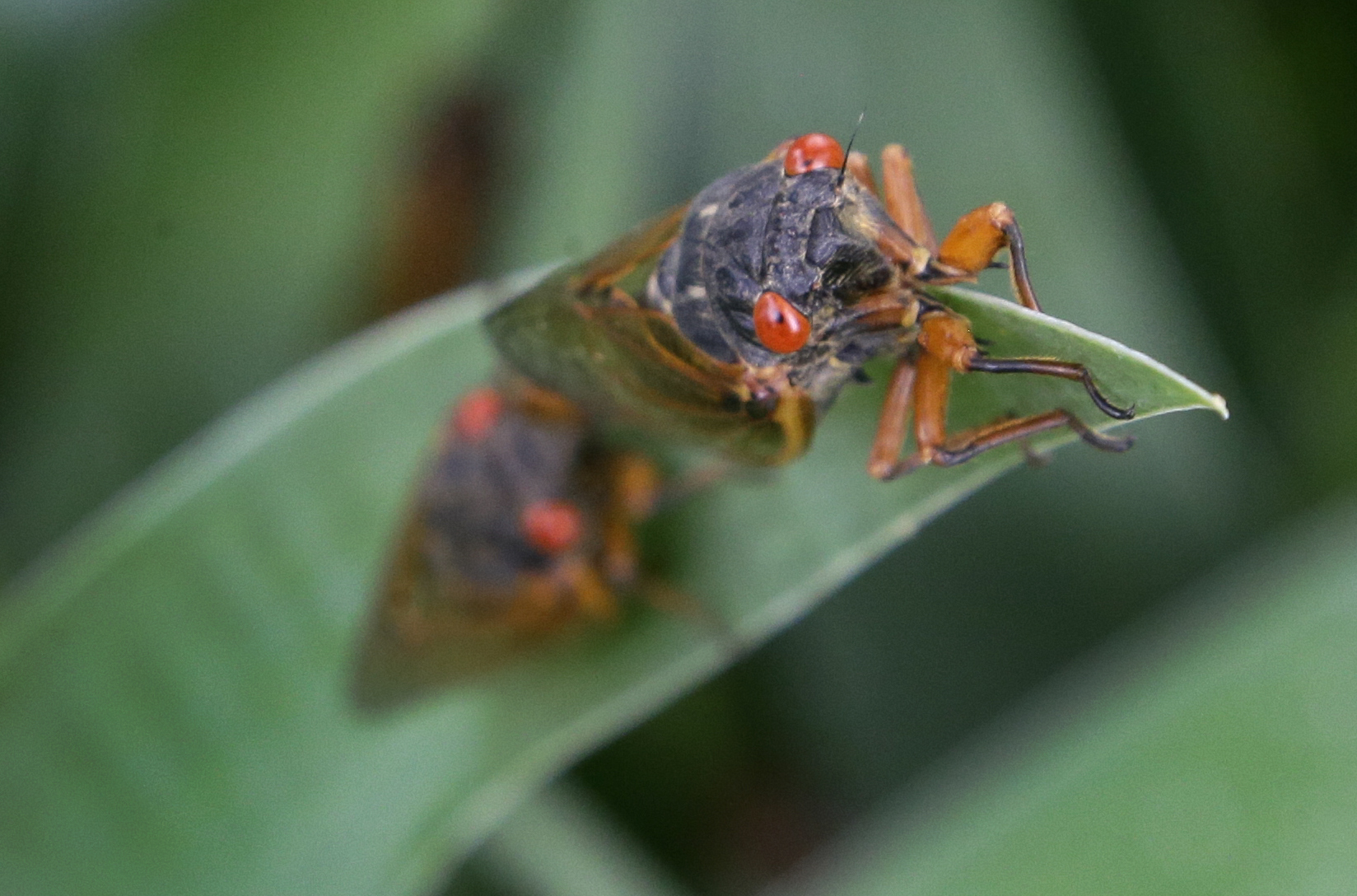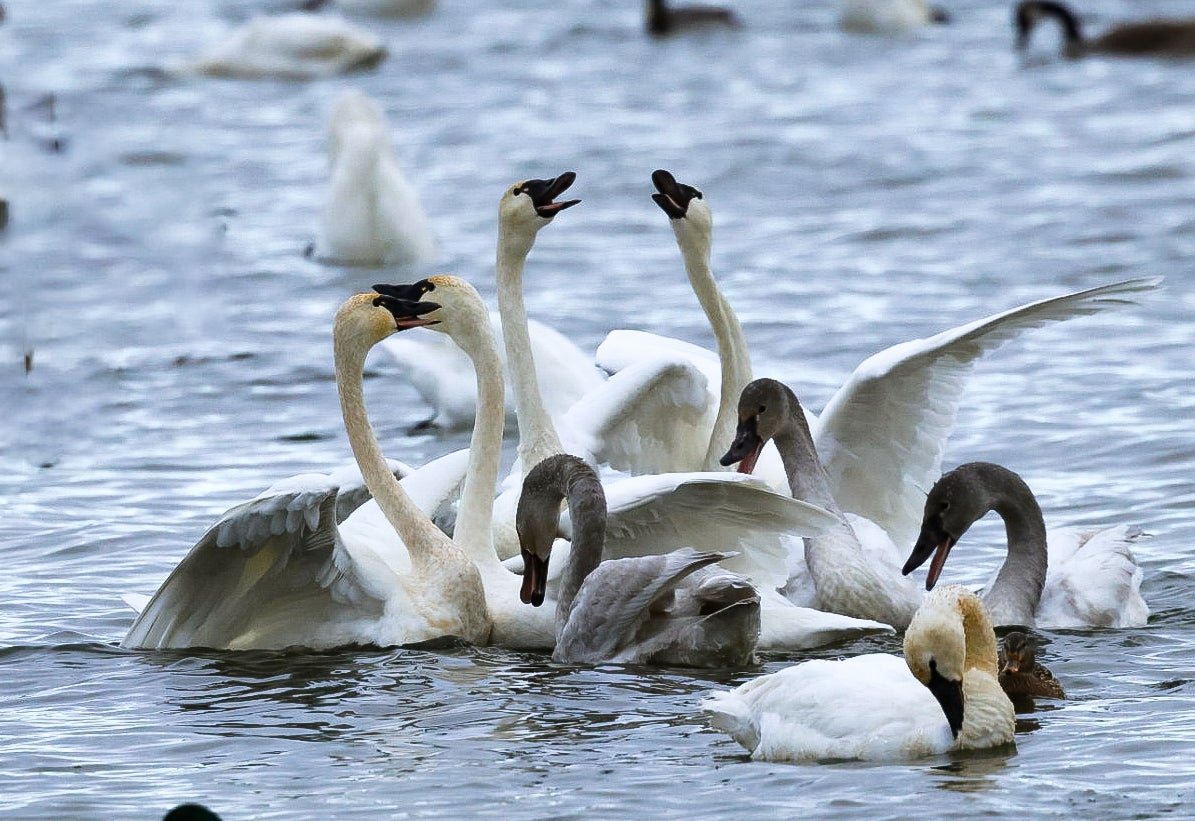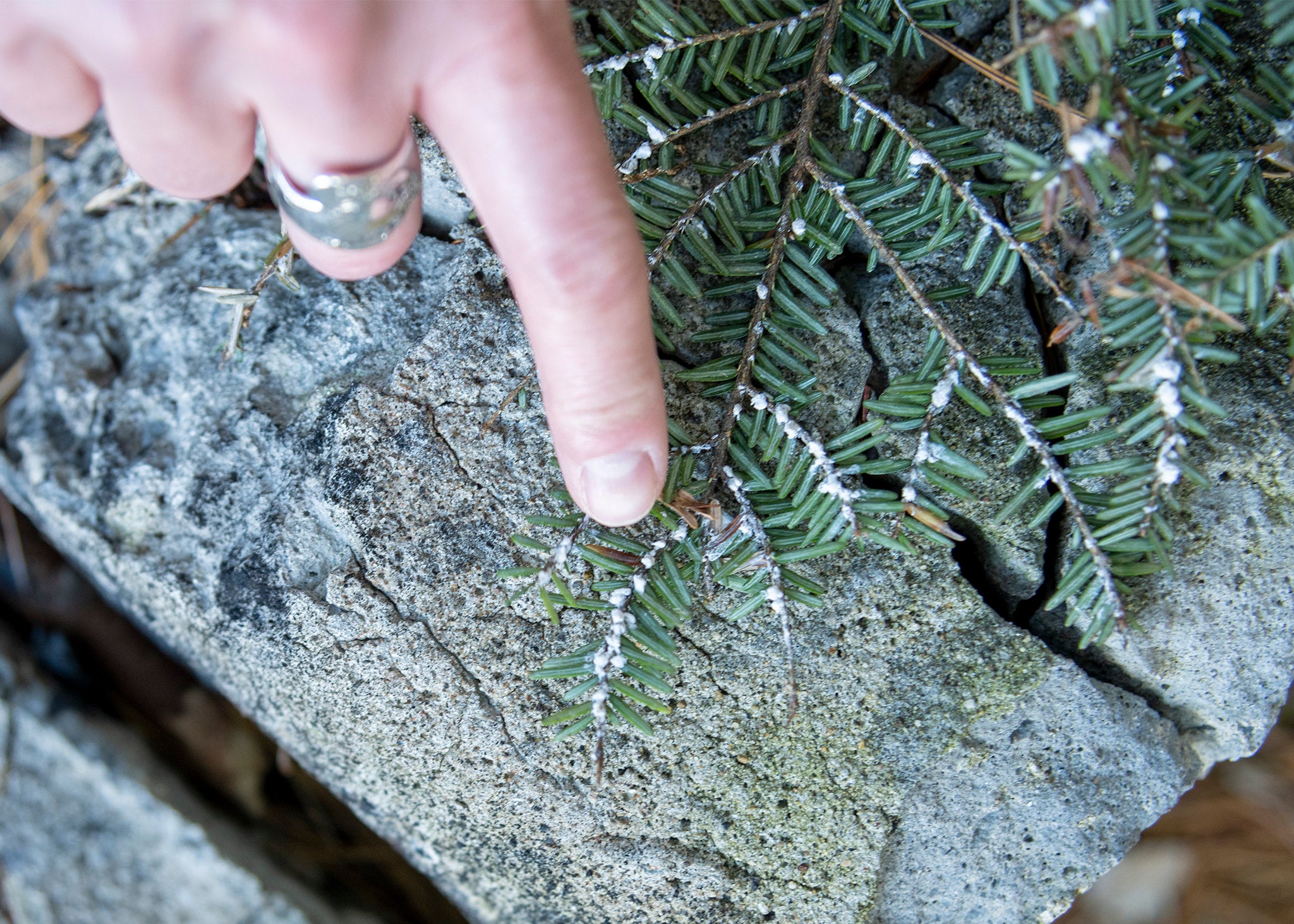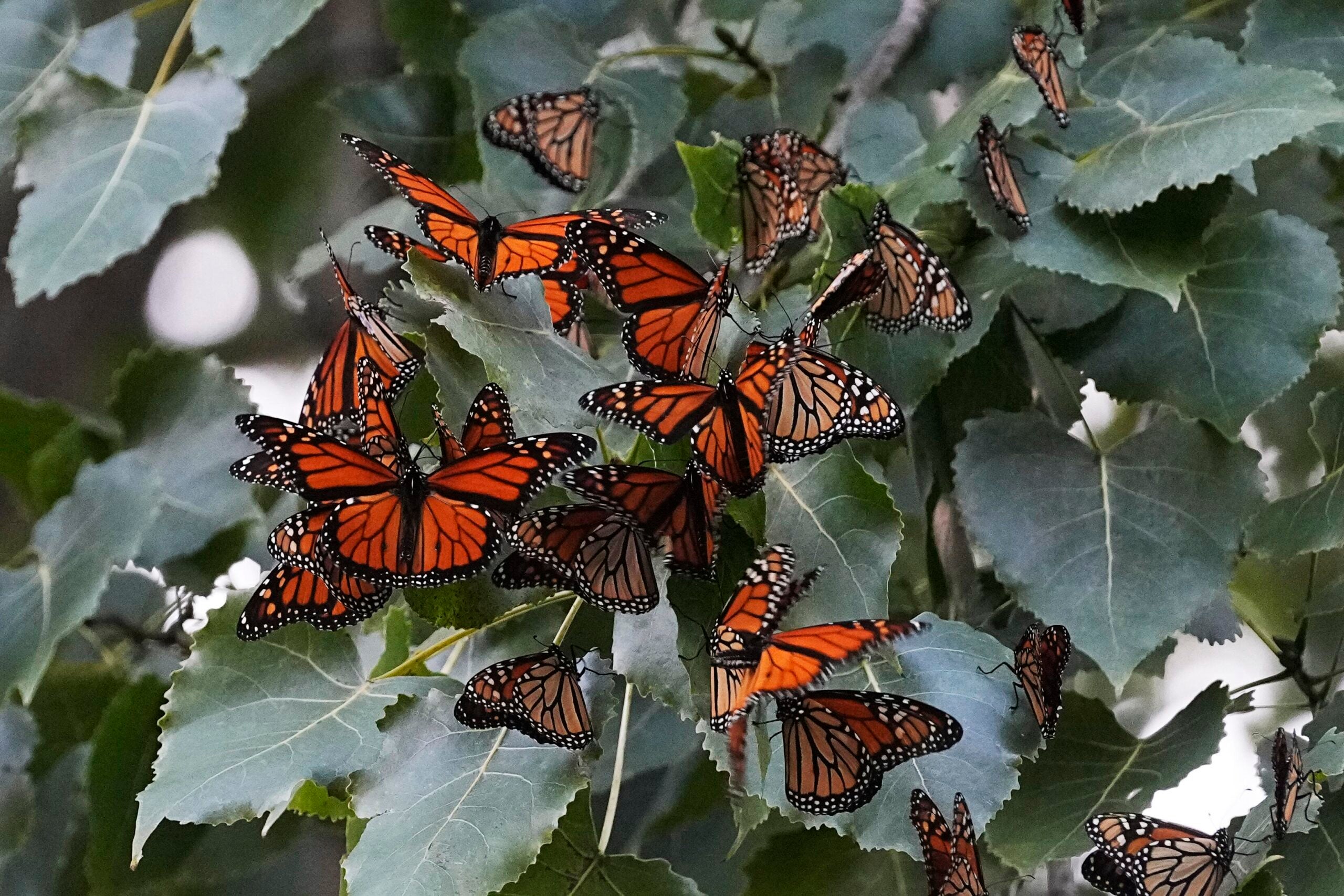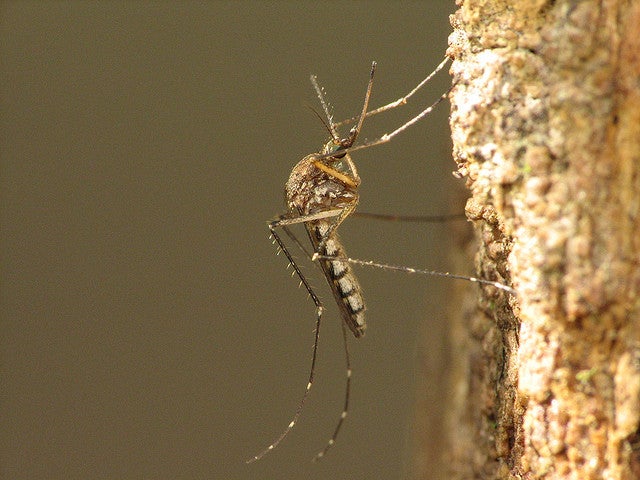The much anticipated mass emergence of periodical cicadas is here. The Wisconsin Department of Natural Resources announced a brood of the insect was spotted in Lake Geneva this past Friday.
These particular cicadas come out every 17 years, including in southern Wisconsin. Hundreds of millions of cicadas could emerge, making for a noisy four to six weeks.
Michael Hillstrom with the Wisconsin DNR said the density at which they emerge is what’s dramatic.
News with a little more humanity
WPR’s “Wisconsin Today” newsletter keeps you connected to the state you love without feeling overwhelmed. No paywall. No agenda. No corporate filter.
“This is just a cool novelty event,” Hillstrom said. “It’ll be a fun chorus of cicadas song.”
More cicadas were spotted in Beloit and Janesville since May 17. Activity is expected to pick up in the next two weeks as more come out and the males start singing to attract mates.
PJ Liesch, director of the University of Wisconsin-Madison’s Insect Diagnostic Lab, said it could take cicadas up to a week after emerging to begin making their distinctive, ear-piercing call to attract mates.
“So we’re still that calm before the storm, and (it) hasn’t gotten noisy yet,” Liesch said.
Annoying or beneficial?
Liesch said in certain hotspots, the noise could get in the way of outdoor events. And people might have to take a push broom or snow shovel to clear sidewalks or driveways of the insects.
“They also are fairly clumsy, so they may be tumbling out of trees onto your deck or patio or vehicles,” Liesch said.
They could cause slight harm to young trees and shrubs. But the cicadas also serve as a readily available banquet for wildlife including firs, fish, turtles and mammals like raccoons, skunks and foxes.
The insects do not bite or sting. Hillstrom doesn’t anticipate mass disruption to daily life for most Wisconsinites, and the emergence will be confined to southern areas of the state.
“It’s in general something, if you want to see it, you’re probably going to have to seek it out a little bit,” Hillstrom said.
Celebrations of science
In other parts of the county, two broods of cicadas will emerge from the ground simultaneously to breed. There could be trillions of cicadas mating across the eastern part of the country. This will be the first time these two broods have emerged in the same year since 1803 — 221 years ago.
Technology has come a long way since then. The last time the brood in Wisconsin emerged was the same year the first iPhone was released, 2007. Hillstrom said advancements in photography and social media will make for exciting community camaraderie and scientific study.
“Everybody has a cell phone — now everybody can submit photos. There’s lots of ways to submit the data,” Hillstrom said.
He said scientists can analyze how land development has impacted the insects. Anyone who spots cicadas on their property or public lands is encouraged to report the sighting on the Cicada Safari app.
“Now we can kind of put those pieces together a little bit more, and hopefully create a better puzzle of exactly where are the edges of this brood in space and time and really take a deeper look at it,” Hillstrom said.
Hillstrom and Liesch drew parallels between the cicada emergence and the solar eclipse. The insects are expected to keep emerging in southern Wisconsin into June and will not appear again in the state until 2041.
The UW-Madison entomology department is hosting a cicada-themed event in Lake Geneva called Cicada Palooza on June 8 to celebrate this act of nature.
“This is a really cool, rare, amazing natural phenomenon that we only get so many opportunities in our lives to see,” Liesch said.
Wisconsin Public Radio, © Copyright 2025, Board of Regents of the University of Wisconsin System and Wisconsin Educational Communications Board.

